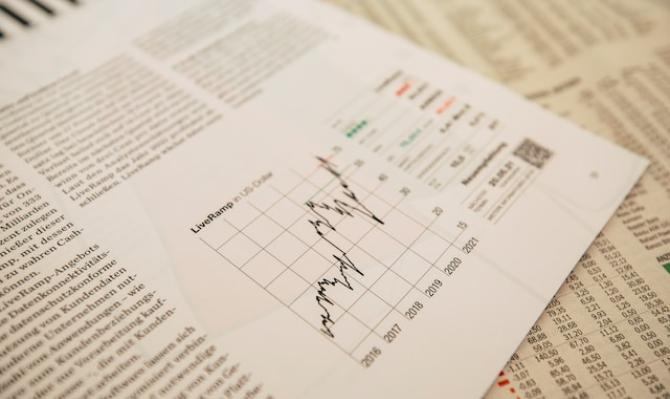What is the new equilibrium interest rate?
The Fed chair and the ECB president, J. Yellen and M. Draghi, have claimed that low interest rates are not only due to cyclical factors but also due to structural changes. Now that these central banks are moving towards a less accommodative monetary policy stance, we should look at these structural elements and how they might influence the normalisation process.
To do so, we have to introduce the concept of the equilibrium or natural rate of interest: the rate which, at the end of the 19th century, Knut Wicksell defined as the one «at which the demand for loan capital and the supply of savings exactly agree». Above the natural rate of interest, there is not enough investment demand, which pushes down activity and prices. Below the natural rate, investment demand overheats activity, which results in inflationary pressures. In other words, it is the rate at which an economy’s growth achieves its potential and inflation is stable.
Therefore, the degree of stimuli or tightened monetary conditions imposed by a central bank depend on how far its benchmark interest rate is from the natural rate of interest. This concept is important because any changes that affect savings and investment, whether cyclical or structural, affect the equilibrium rate and, therefore, the interest rate that should be set by the central bank in order to achieve its targets.
However, the natural rate is a theoretical concept and can only be inferred indirectly. In fact, the view taken by Yellen and Draghi is based on the fact that, over the past 40 years, there has been a decline in market interest rates without any upswing in inflation or overheating of aggregate demand. They therefore conclude that, if the lower interest rates observed have not over-stimulated the economy much, they cannot be very far from the natural rate of interest, which would have also declined. According to the statistical techniques used to formalise this intuition, it is estimated that the natural rate of interest has tended to fall since the end of the 1980s, although the precise extent of this decline varies depending on the methodology used.1
Estimates also show that, taking global factors into account, this decline has been widespread among the main Advanced Economies. Some may have increased their tendency to save (demographics, preference for safe assets and greater inequality) while others may have reduced their propensity to invest (pessimism regarding future growth and an increase in the share of sectors that use physical capital less intensively). The range is broad but the empirical evidence available highlights, above all, the role played by demographics and a greater preference for safe assets.2
First, the ageing of the populations over the past few decades in the Advanced Economies has led to an increase in the share of working age population that save for their retirement. At the same time, increases in life expectancy encourage people to save more for a longer retirement. In the future, ageing may push the natural rate of interest back up by increasing the proportion of retired people, who reduce the volume of their savings. However, longer working lives and the expectation of a smaller retirement pension could continue to push interest rates down. In any case, such processes are slow and, for the time being, demographics will continue to push down interest rates.
Second, fluctuations in the natural rate of interest are inversely correlated with macroeconomic uncertainty.3 In this respect, the increase in risk aversion observed after the Asian crises of the 1990s and the 2007 financial crisis is particularly relevant, which led to an increase in the demand for safe assets. Nevertheless, as the economic expansion continues, risk aversion is falling and the greater preference for safe assets of the past 20 years is declining. Other short-term factors, legacy of the recession that have been pushing down the natural rate of interest, could also disappear. For instance, high debt levels are still limiting the capacity to spend and invest, making activity less sensitive to interest rates.
To sum up, some of the factors that pushed down the natural rate of interest will disappear in the short term but others will remain, supporting a gradual monetary normalisation. In the long term, the evolution of underlying factors (demographics, productivity and inequality) will dictate the parameters of monetary policy.
1. See Holston, K., Laubach, T. and Williams, J. C. (2016), «Measuring the Natural Rate of Interest: International Trends and Determinants», FRBSF Working Papers. The estimated downward trend is robust to alternative methodologies.
2. See Gagnon, E. et al. (2016), «Understanding the New Normal:
The Role of Demographics», Federal Reserve Board of Washington, and
Del Negro, M. et al. (2017), «Safety, Liquidity, and the Natural Rate of Interest», Federal Reserve Bank of New York.
3. Lansing, J. L. (2017), «R-star, Uncertainty, and Monetary Policy», FRBSF Working Papers.




